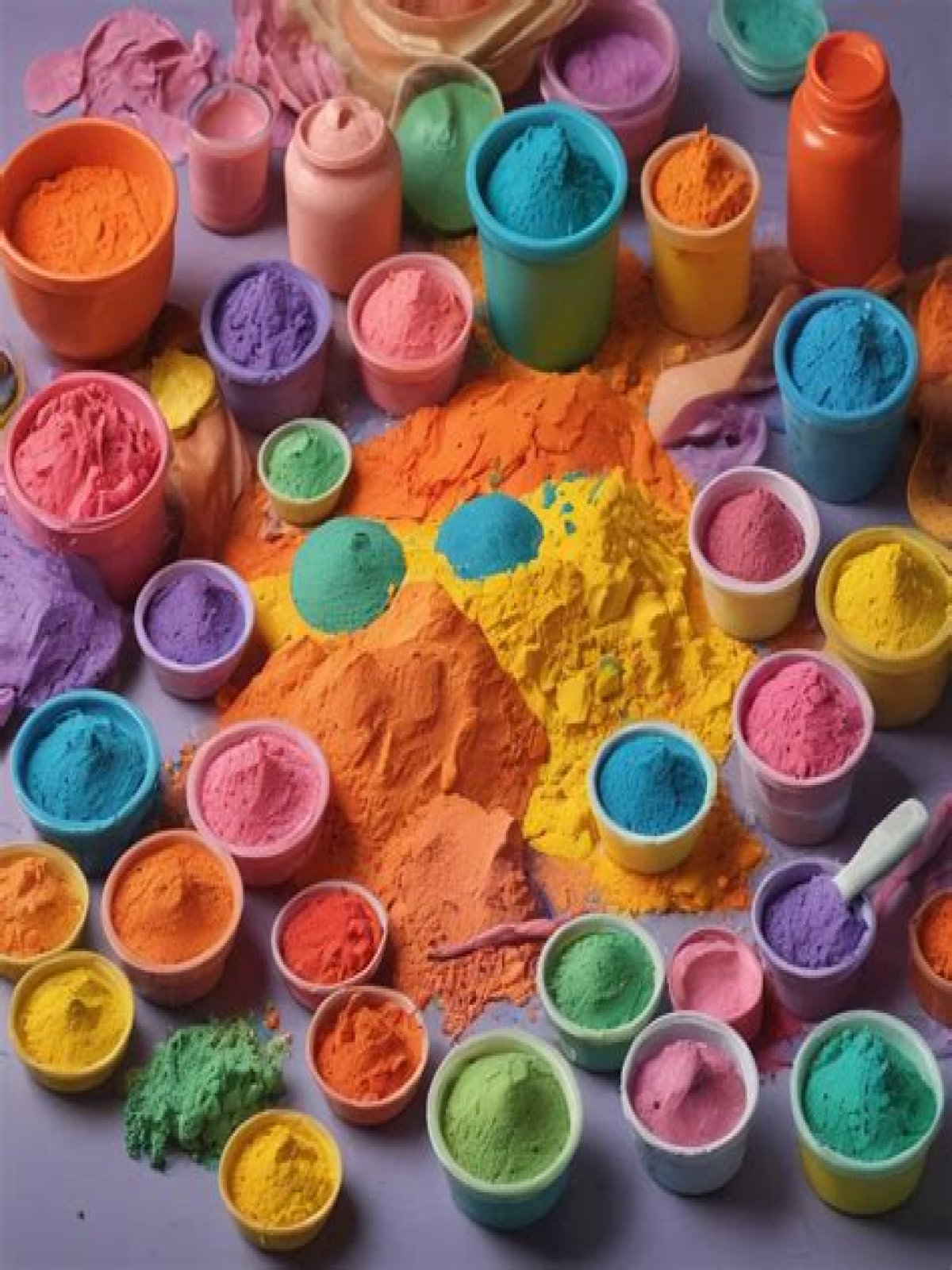Play dough takes multiple components to make a homogeneous mixture. The opposite of a homogeneous mixture is a heterogeneous mixture, where the components are still visible, like when you make chocolate chip cookies or put cereal in milk.
Is alum harmful to health?
Aluminum sulfate is fairly non-toxic, with acute and chronic oral LD50 both greater than 5,000mg/kg (5). However, alum can still cause irritation, burns, and respiratory issues. If inhaled, it may cause headaches, nausea, and respiratory irritations. Alum is not listed as a carcinogen by NTP, IARC, or OSHA.
What are the chemical reactions in play dough?
Create Play Dough from flour, salt, and vegetable oil through chemical reaction. 1 cup Flour + 1/3 cups salt + ½ table spoon of oil + ¼ water+ food coloring → PLAY DOUGH
How to make play dough from flour and salt?
Play Dough: Chemical Reactions Create Play Dough from flour, salt, and vegetable oil through chemical reaction. 1 cup Flour + 1/3 cups salt + ½ table spoon of oil + ¼ water+ food coloring → PLAY DOUGH
What happens when you add sugar to play dough?
Sugary water doesn’t conduct electricity nearly as well. Replacing the salt in play dough with sugar produces dough that conducts so poorly at low voltages that it functions like a non-conducting insulator. Normal tap water, however, contains trace quantities of dissolved minerals that act like salt.
What makes the dough in a science game?
The oil is obviously for lubrication the flour and water are what make the dough through the reaction of starch + heat. Cream of tartar keeps the dough from crystallizing. Oh, and the salt is used as a preservative to keep the dough from getting moldy.
What’s the purpose of playing with play dough?
While children are busy rolling, poking and squishing dough, they are building strength in the little muscles in their fingers and hands. These same muscles are used for later skills such as cutting and holding a pencil with a pincer grasp.
How does kneading the dough affect the final product?
Kneading the dough helps these proteins uncoil and interact with each other more strongly, strengthening the network. Another ingredient that can affect the dough’s gluten network is salt. It can help strengthen the gluten network, making the dough more elastic, and of course adds flavour to the final bread.
You can use the making of play dough as a teaching opportunity for older children. Play dough takes multiple components to make a homogeneous mixture. A homogeneous mixture is where their components cannot be distinguished from the other and whose components are evenly distributed.
What are the properties of Play Doh?
Play dough consists of wheat flour, salt, cream of tartar, vegetable oil, water, colors and fragrances. It is simple to make at home. Play dough is suitable for kid arts because it has a soft texture. Small muscle in young children can be improved by playing play dough.
Is playdough a ingredient?
Play-Doh is composed of flour, water, salt, boric acid, and mineral oil. This combination of ingredients creates a soft, squeezable, non-toxic, and reusable modeling compound. A compound is a mixture of two or more separate elements. The mineral oil helps give the Play-Doh a smooth texture.
